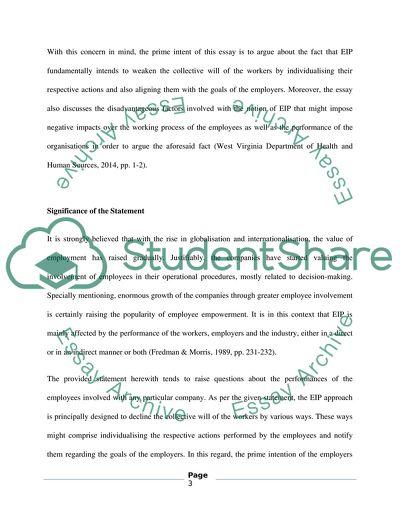Cite this document
(“Managing Employee Relations Essay Example | Topics and Well Written Essays - 3250 words”, n.d.)
Managing Employee Relations Essay Example | Topics and Well Written Essays - 3250 words. Retrieved from https://studentshare.org/human-resources/1675911-managing-employee-relations
Managing Employee Relations Essay Example | Topics and Well Written Essays - 3250 words. Retrieved from https://studentshare.org/human-resources/1675911-managing-employee-relations
(Managing Employee Relations Essay Example | Topics and Well Written Essays - 3250 Words)
Managing Employee Relations Essay Example | Topics and Well Written Essays - 3250 Words. https://studentshare.org/human-resources/1675911-managing-employee-relations.
Managing Employee Relations Essay Example | Topics and Well Written Essays - 3250 Words. https://studentshare.org/human-resources/1675911-managing-employee-relations.
“Managing Employee Relations Essay Example | Topics and Well Written Essays - 3250 Words”, n.d. https://studentshare.org/human-resources/1675911-managing-employee-relations.


